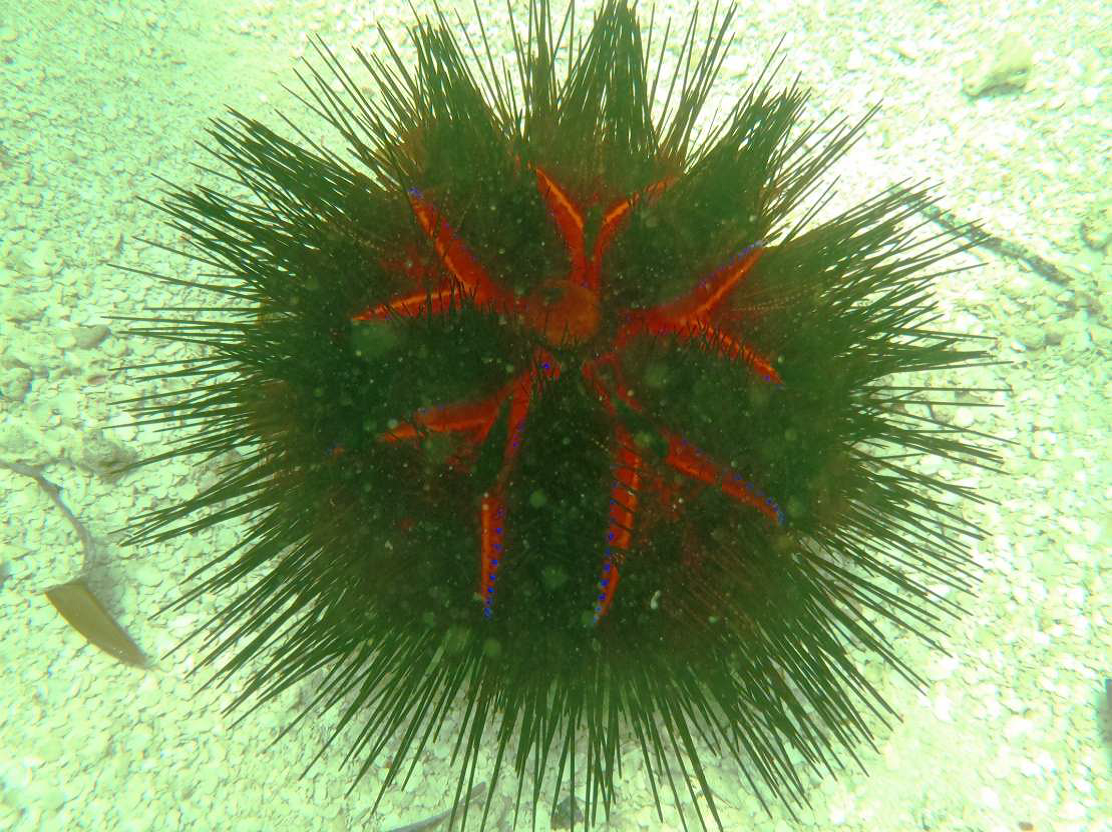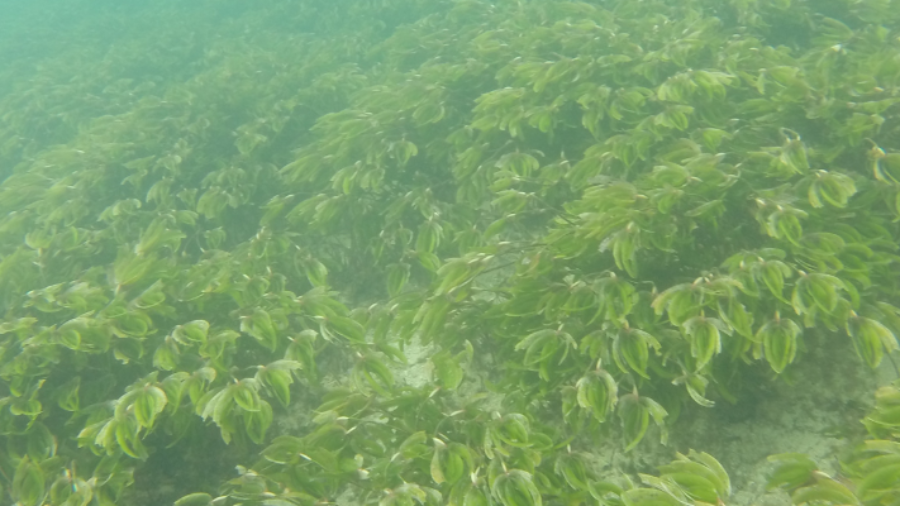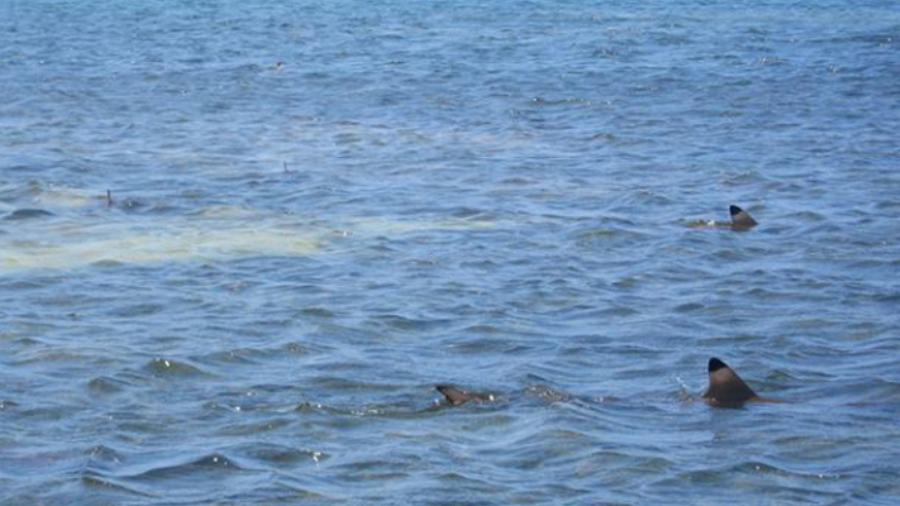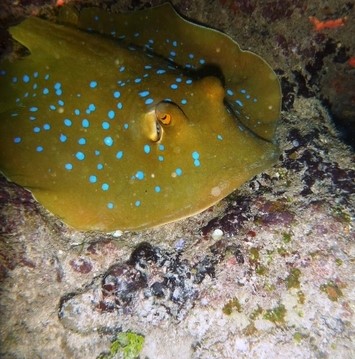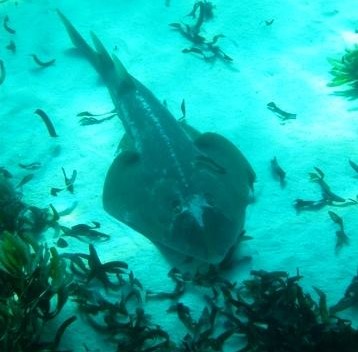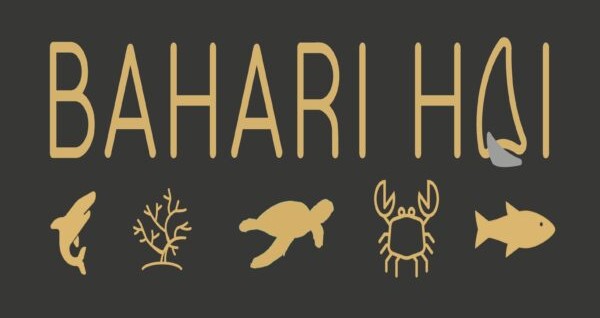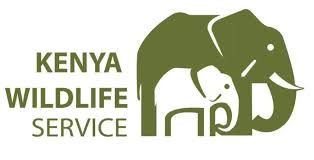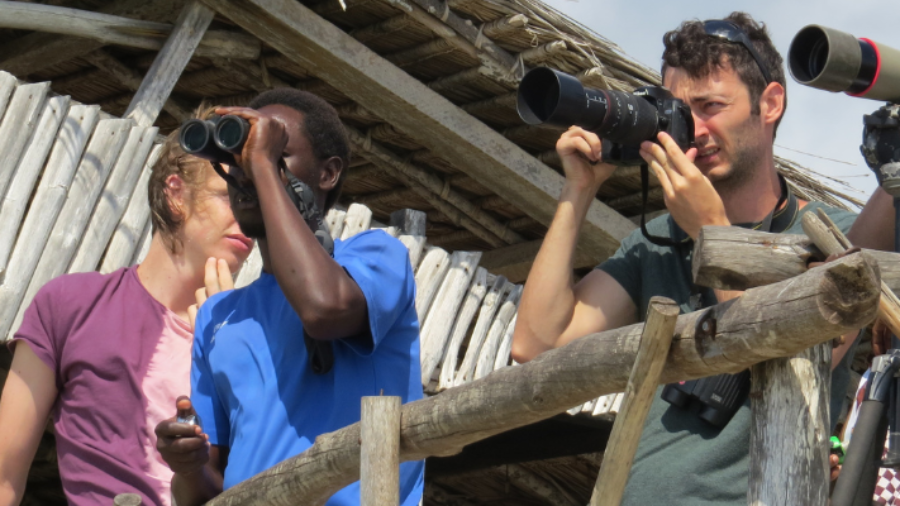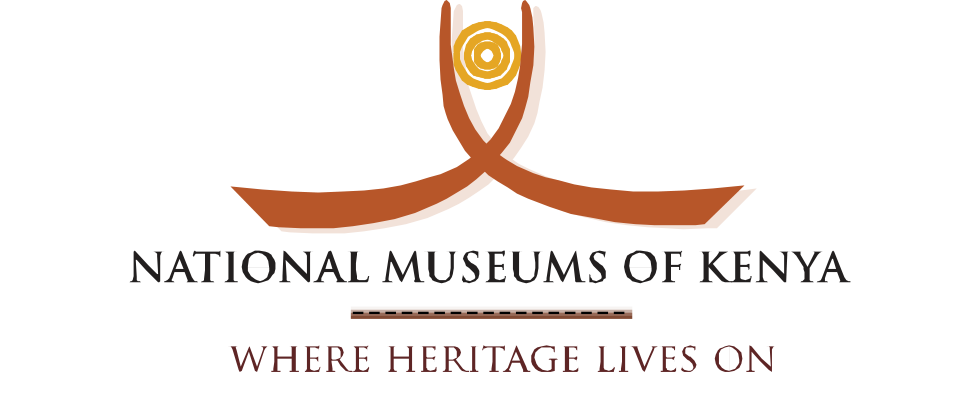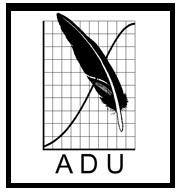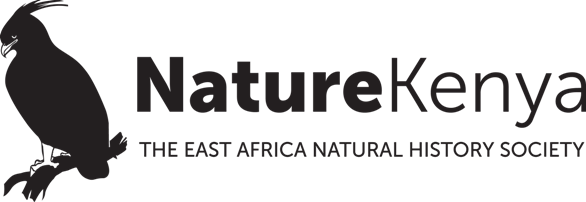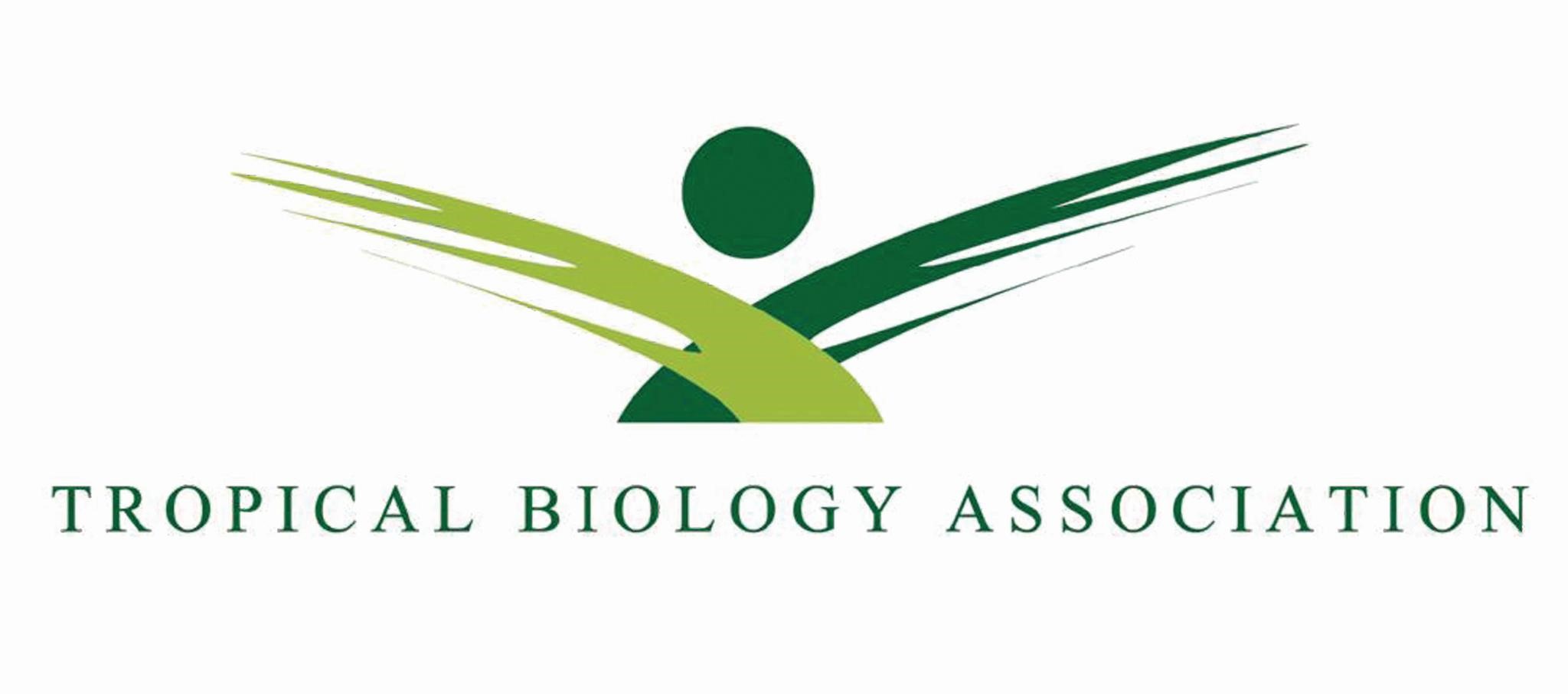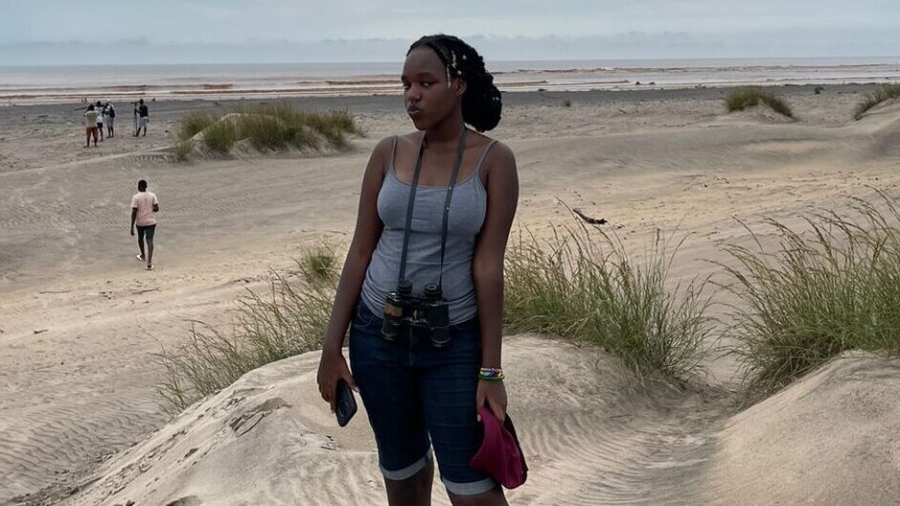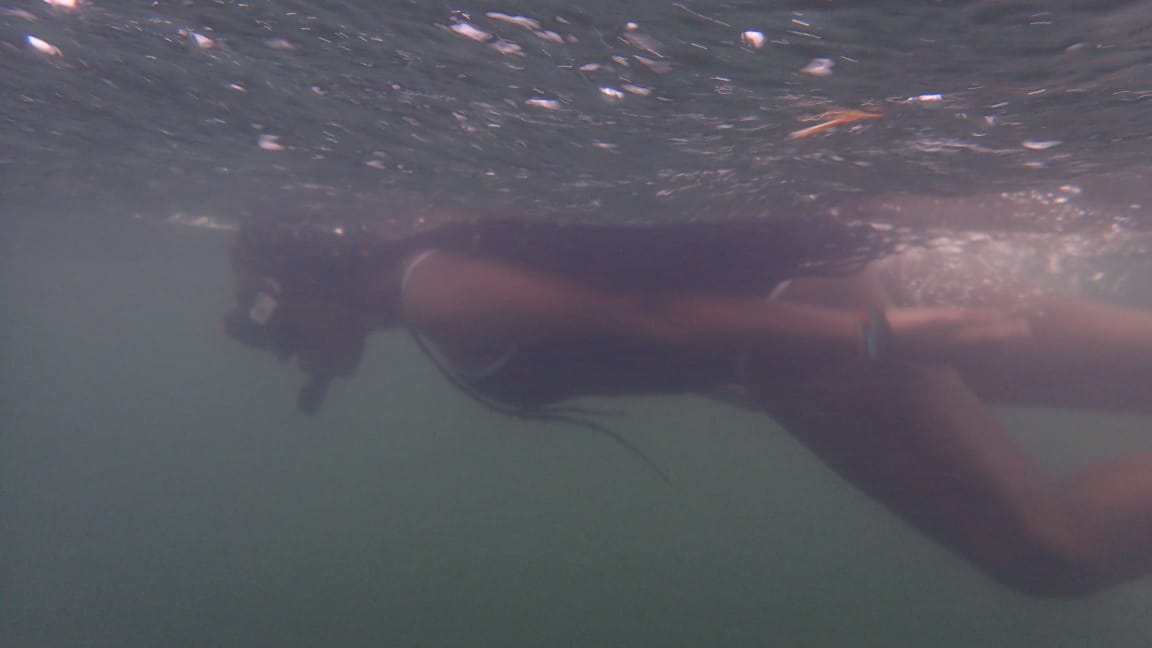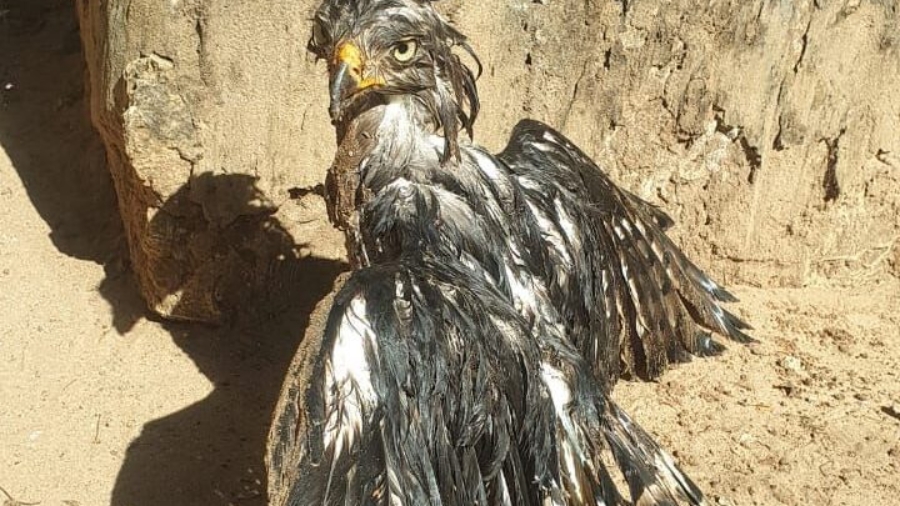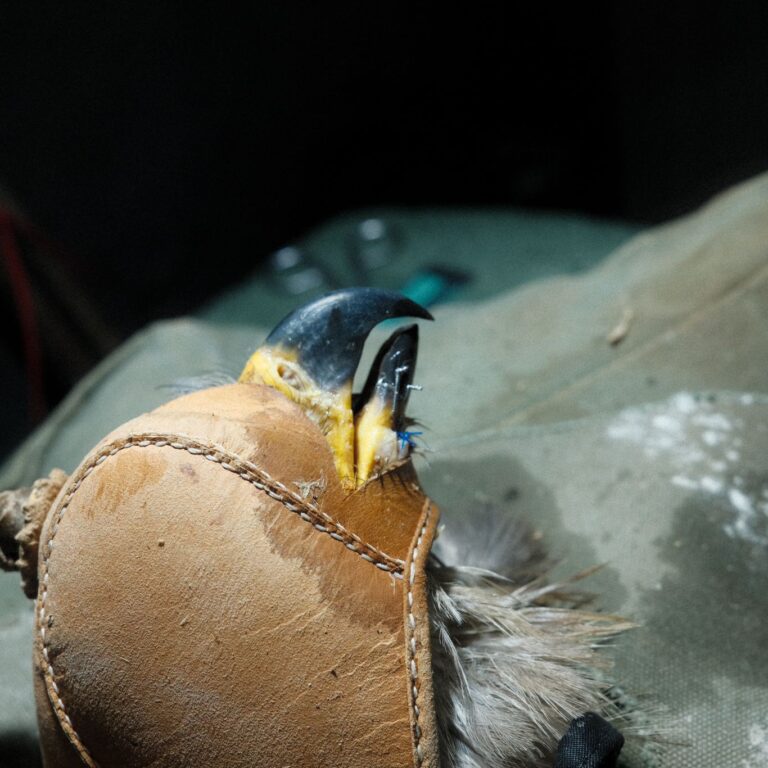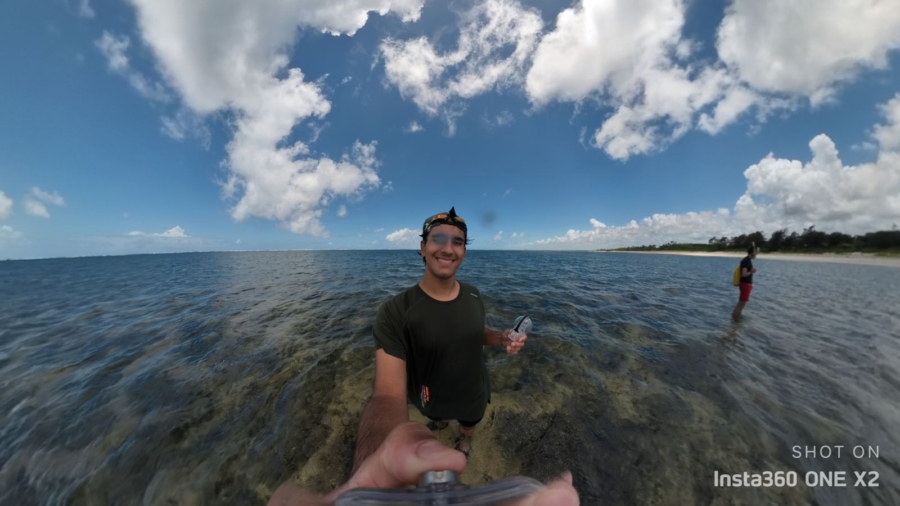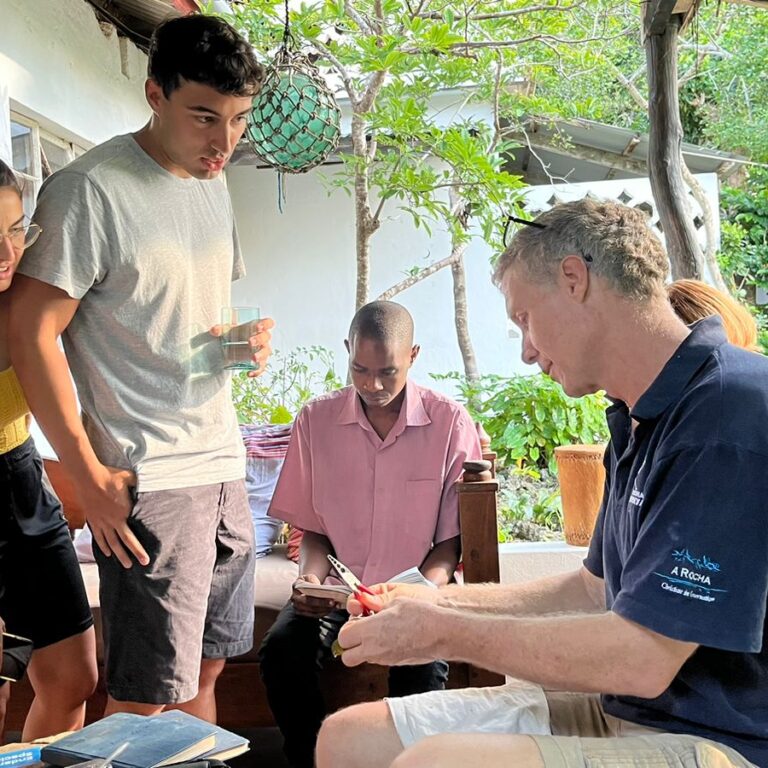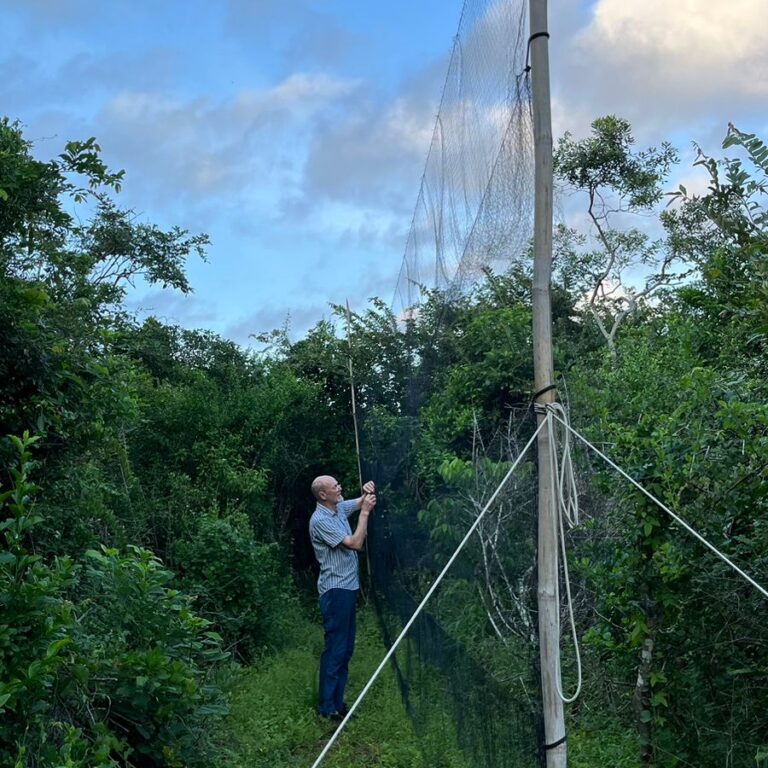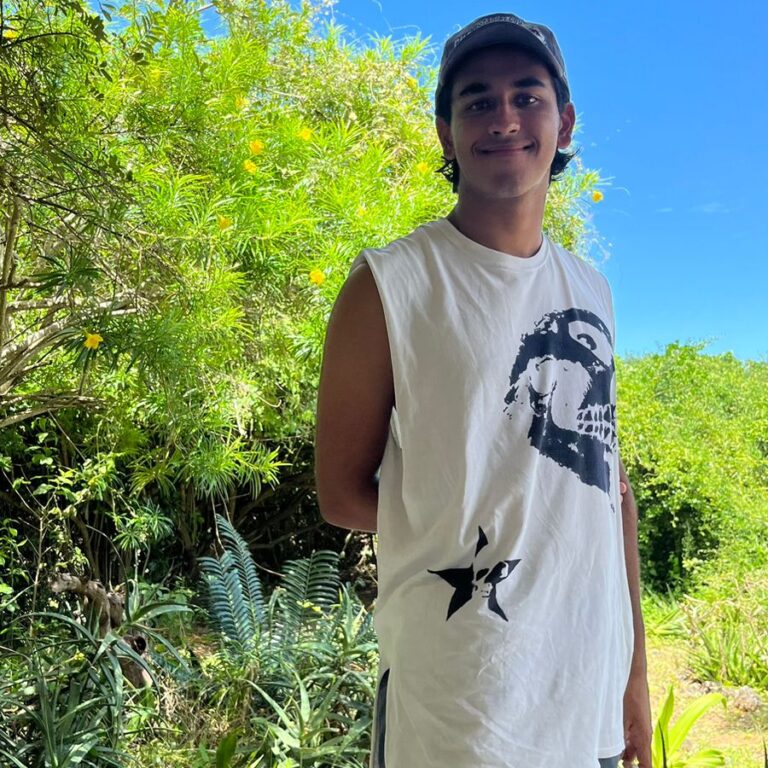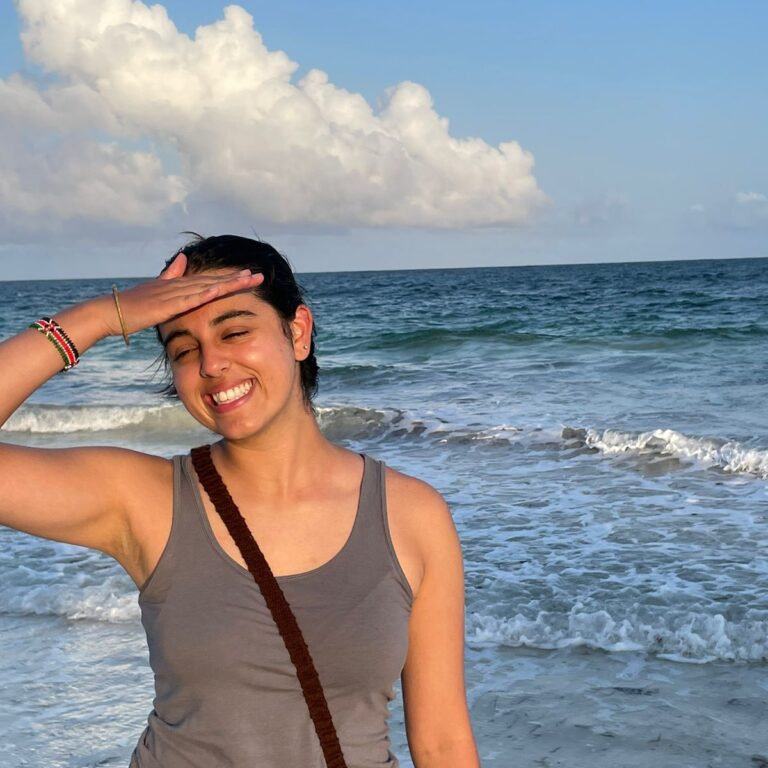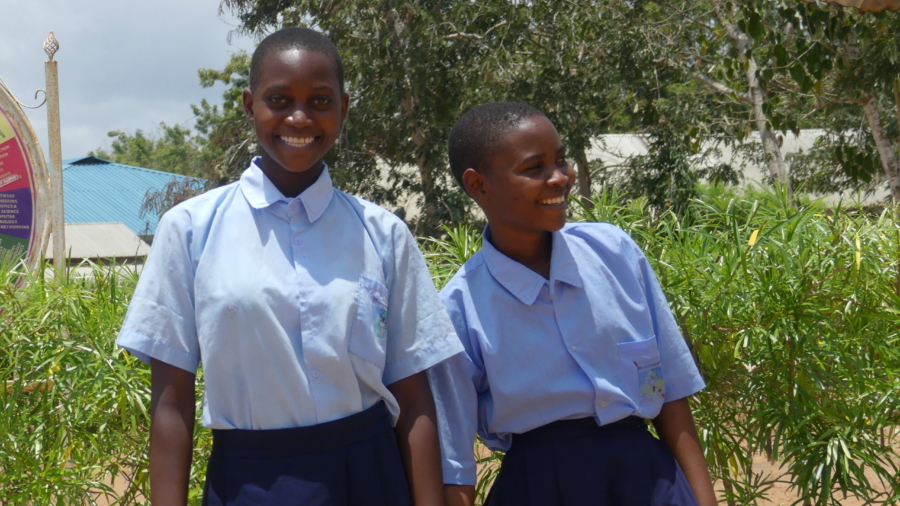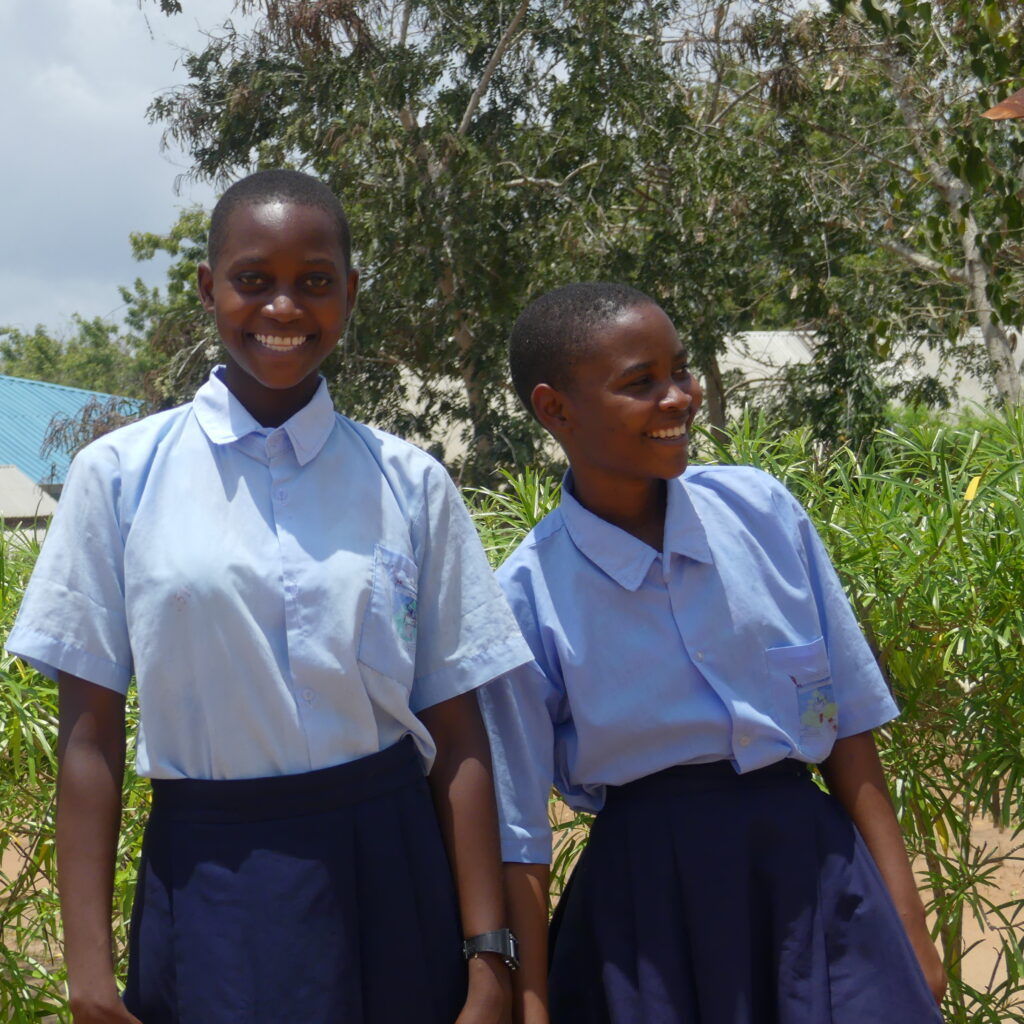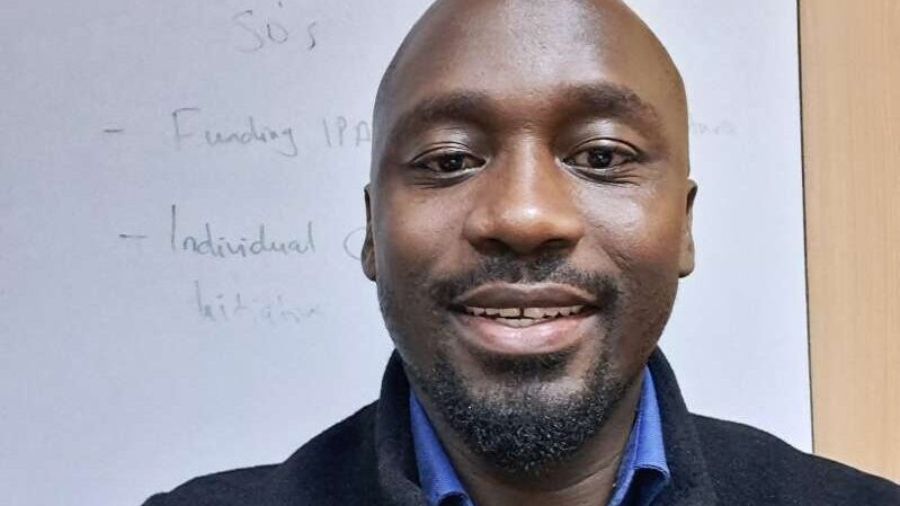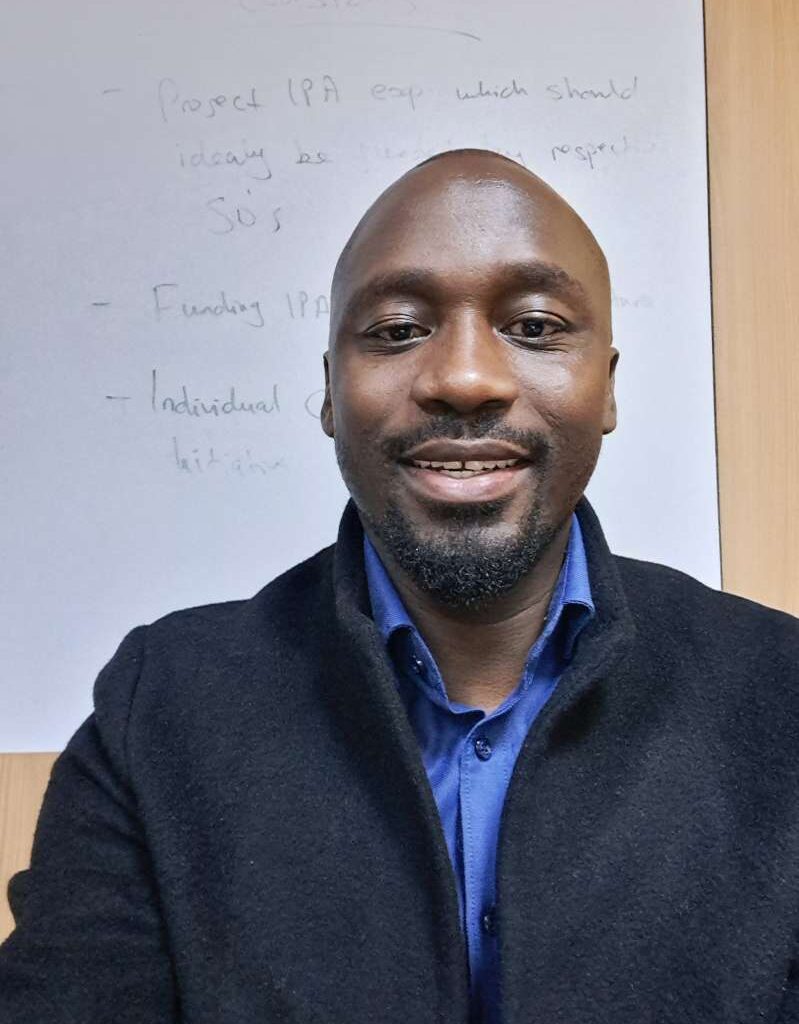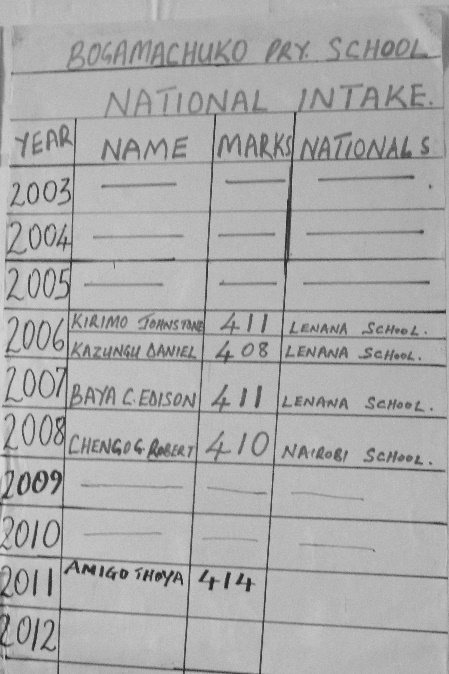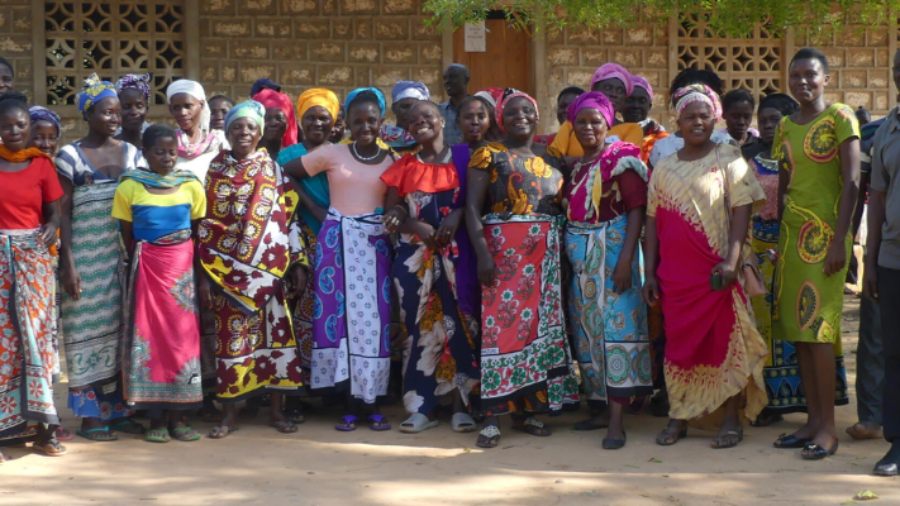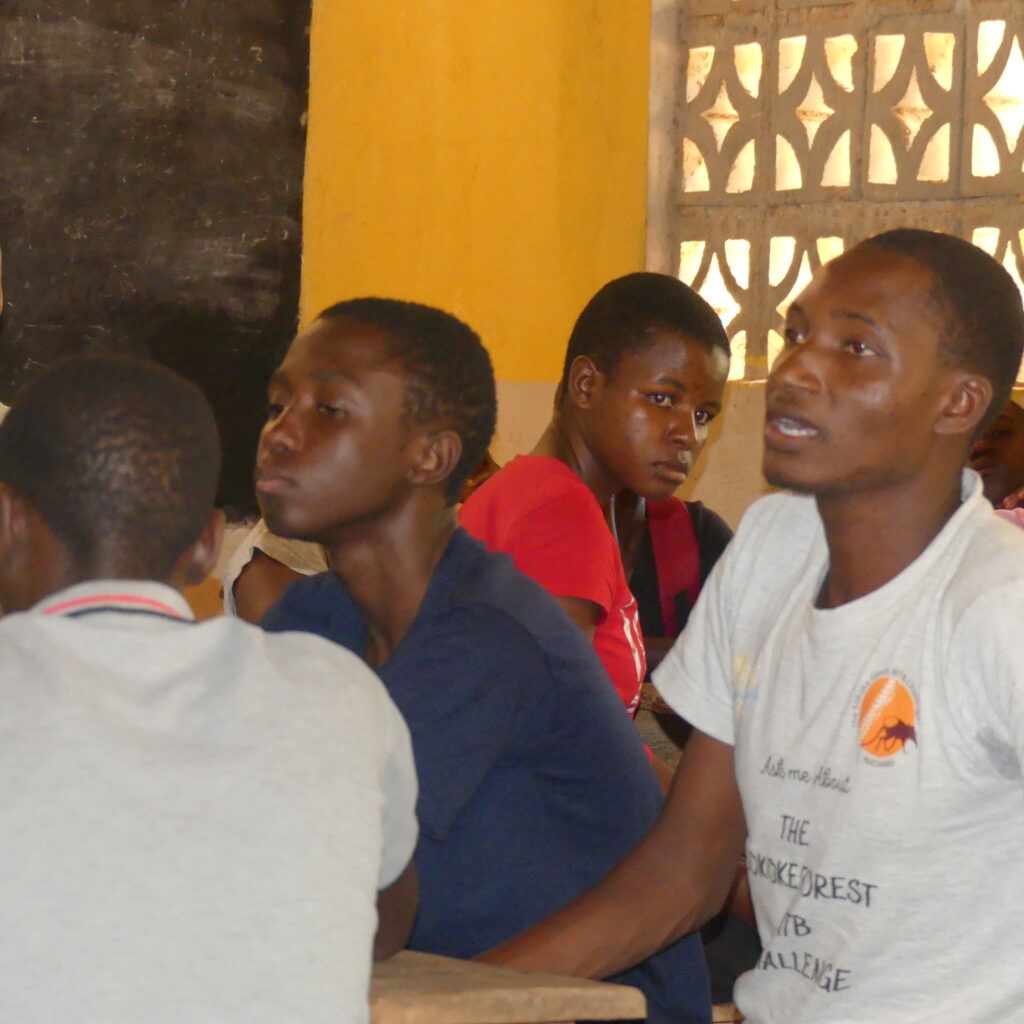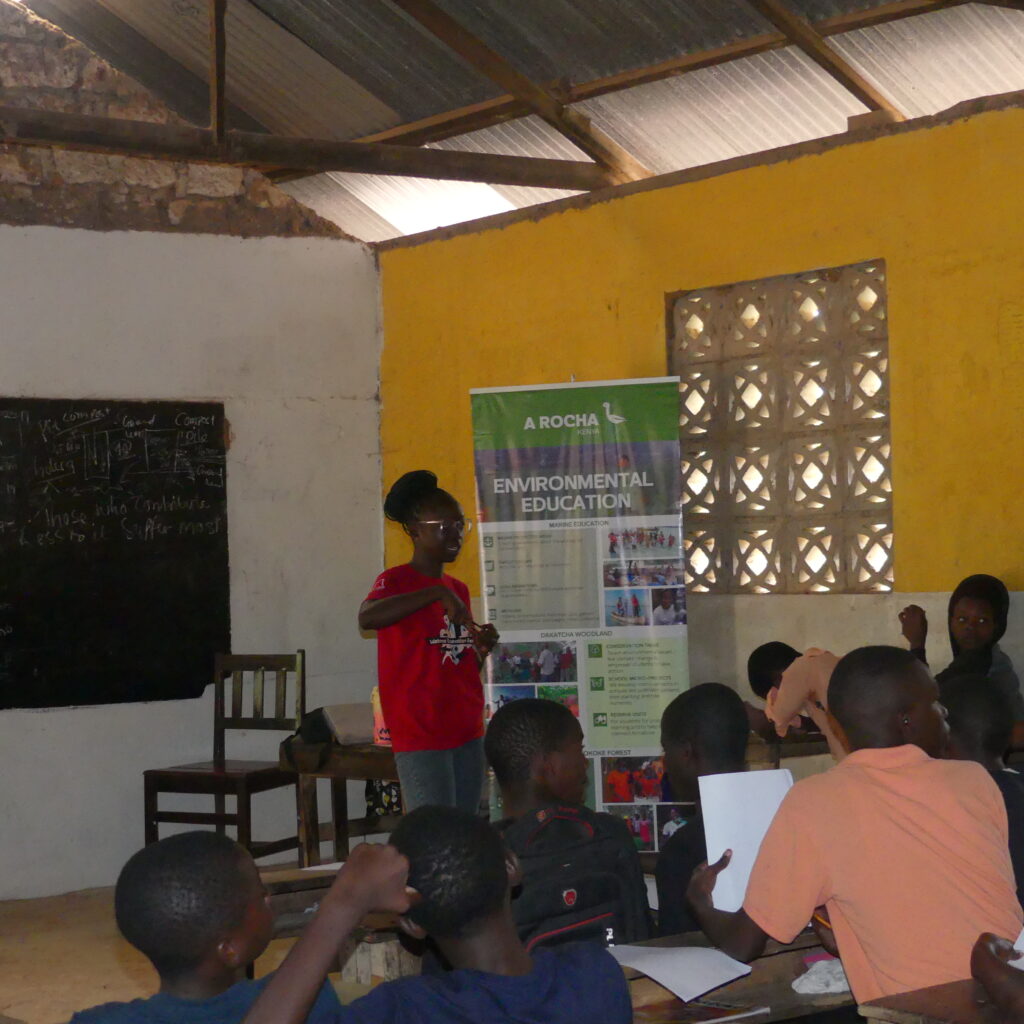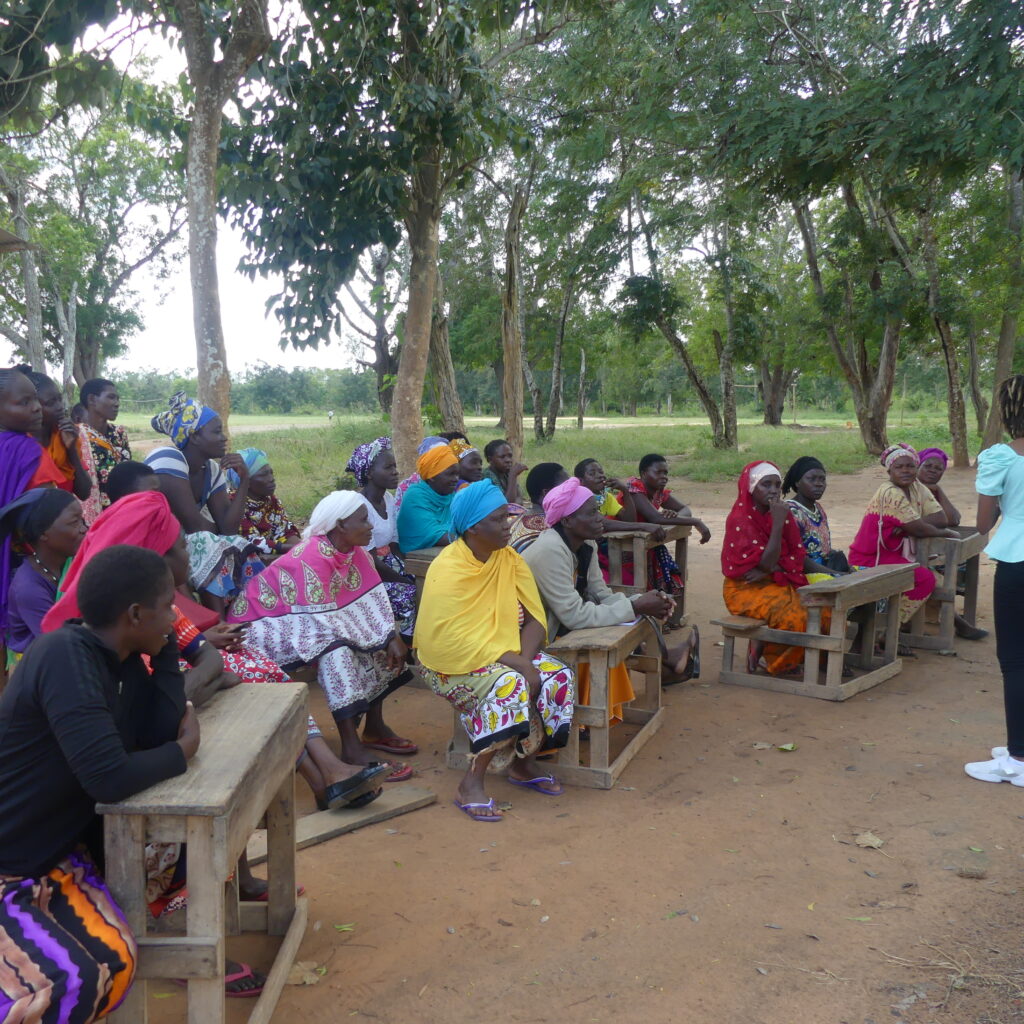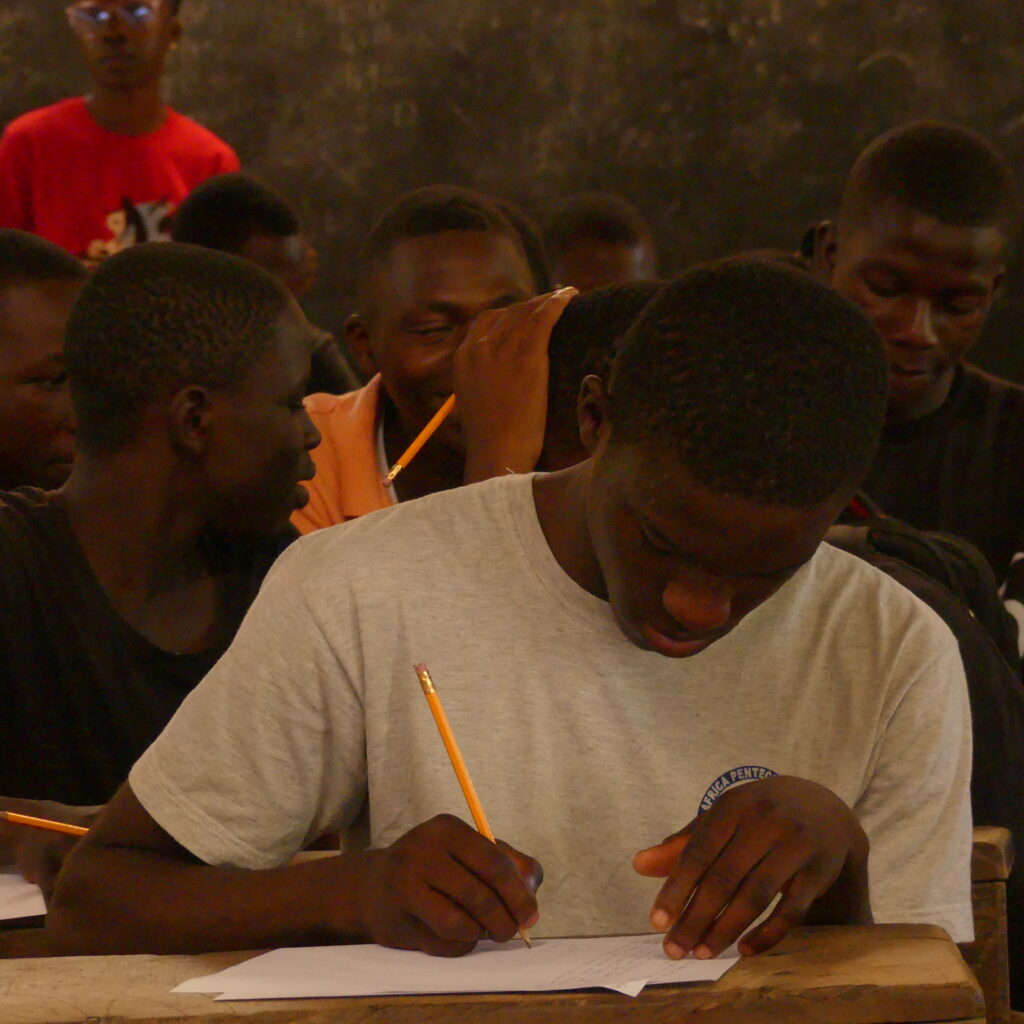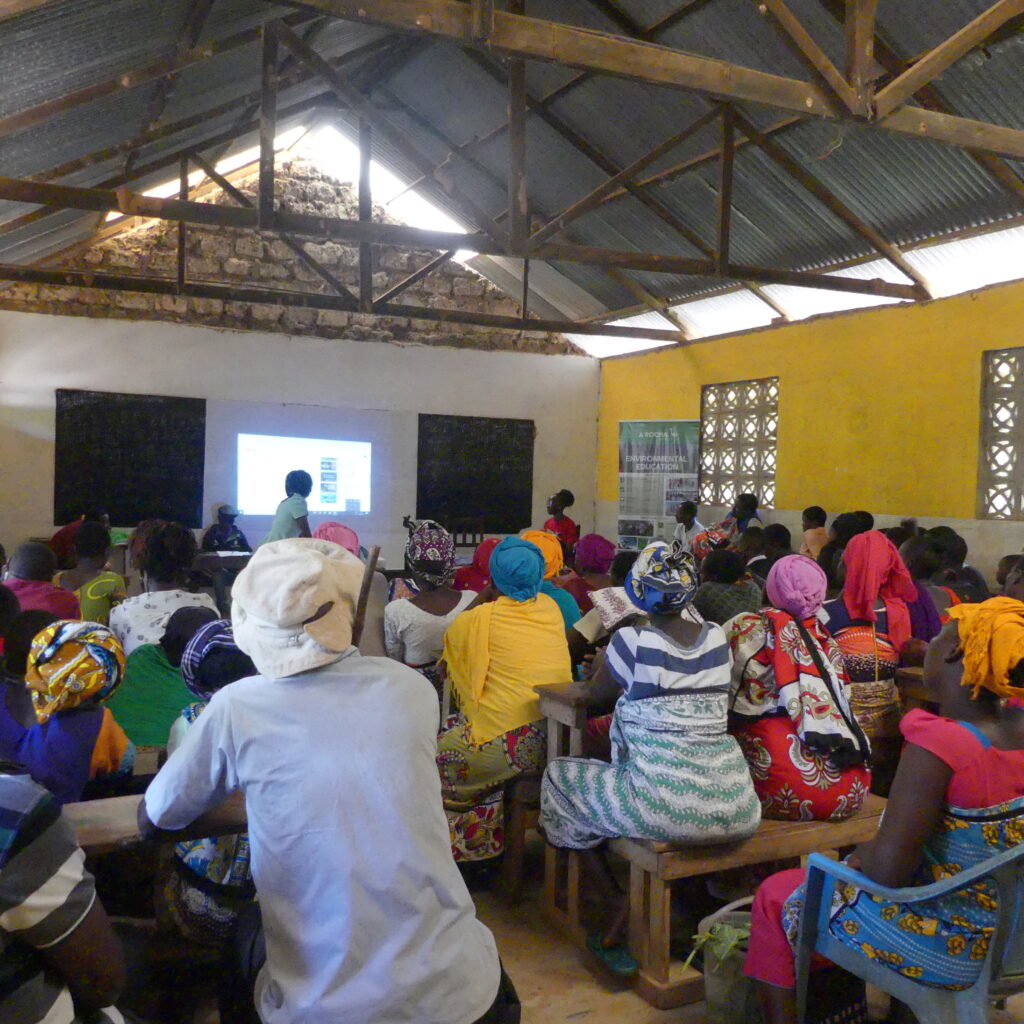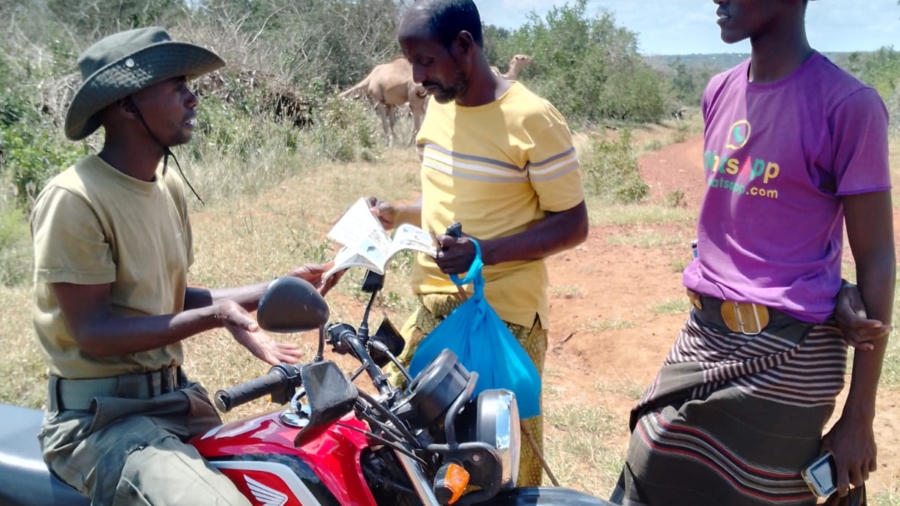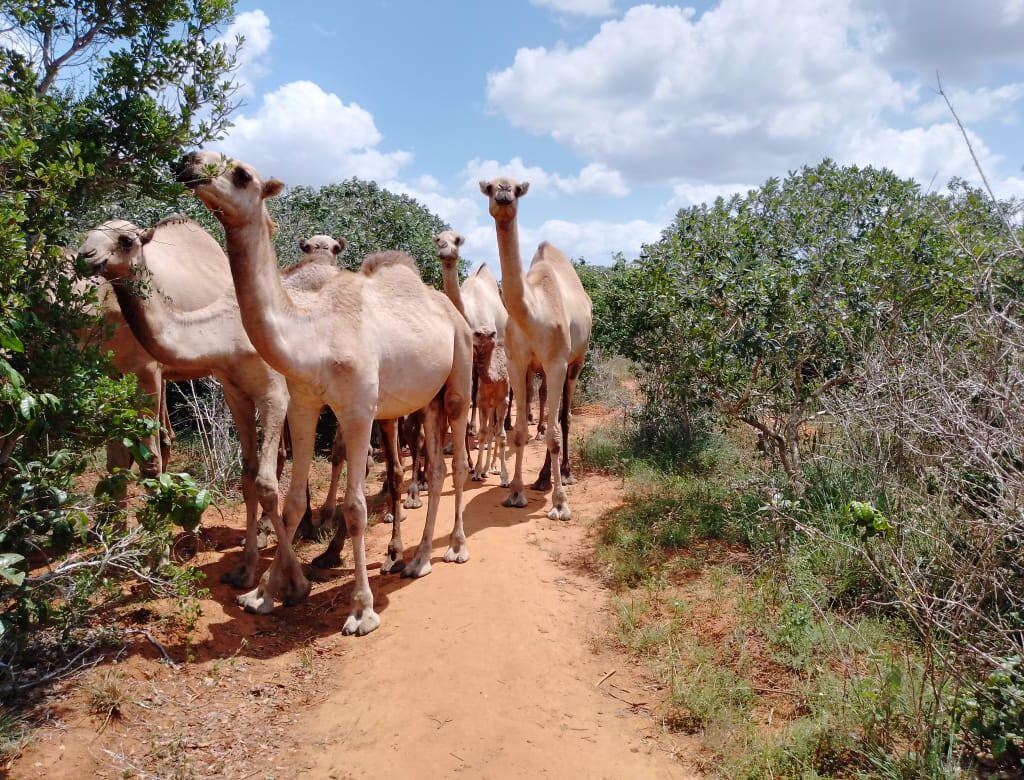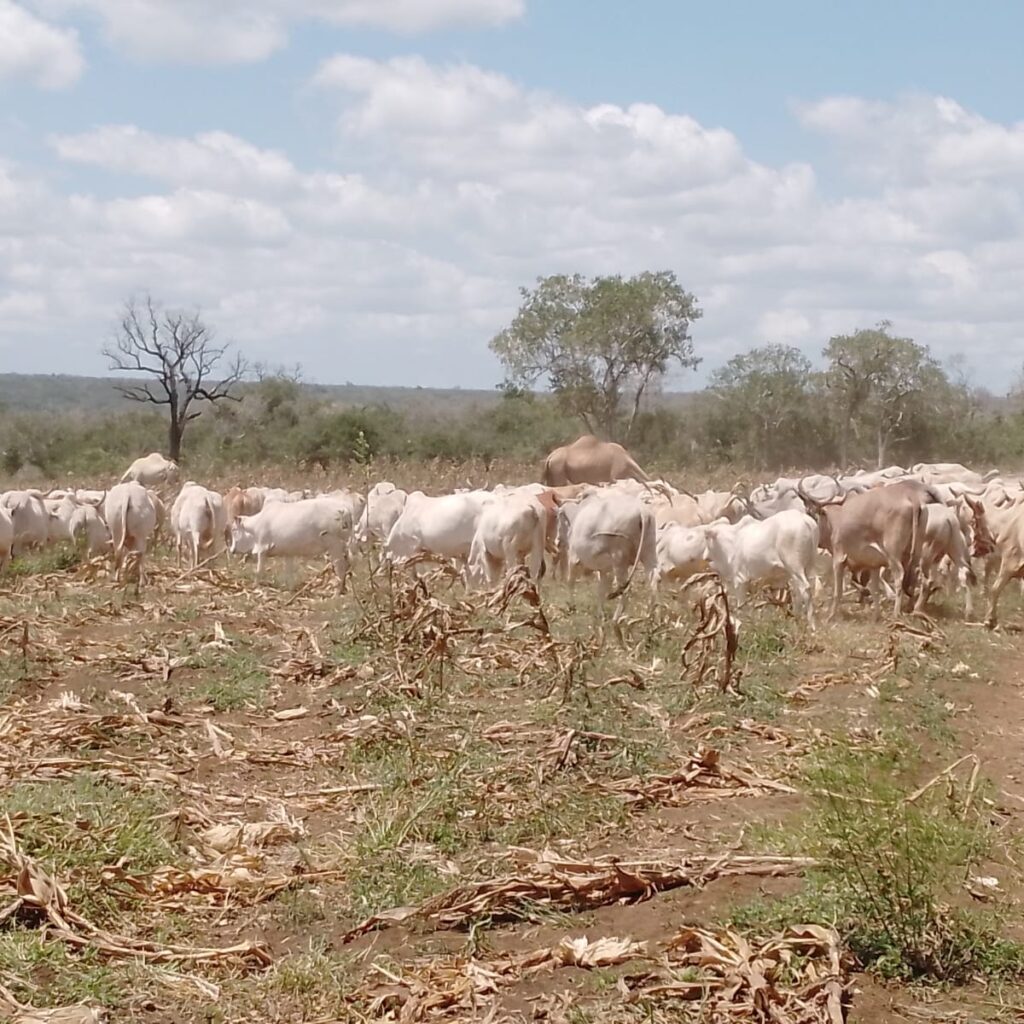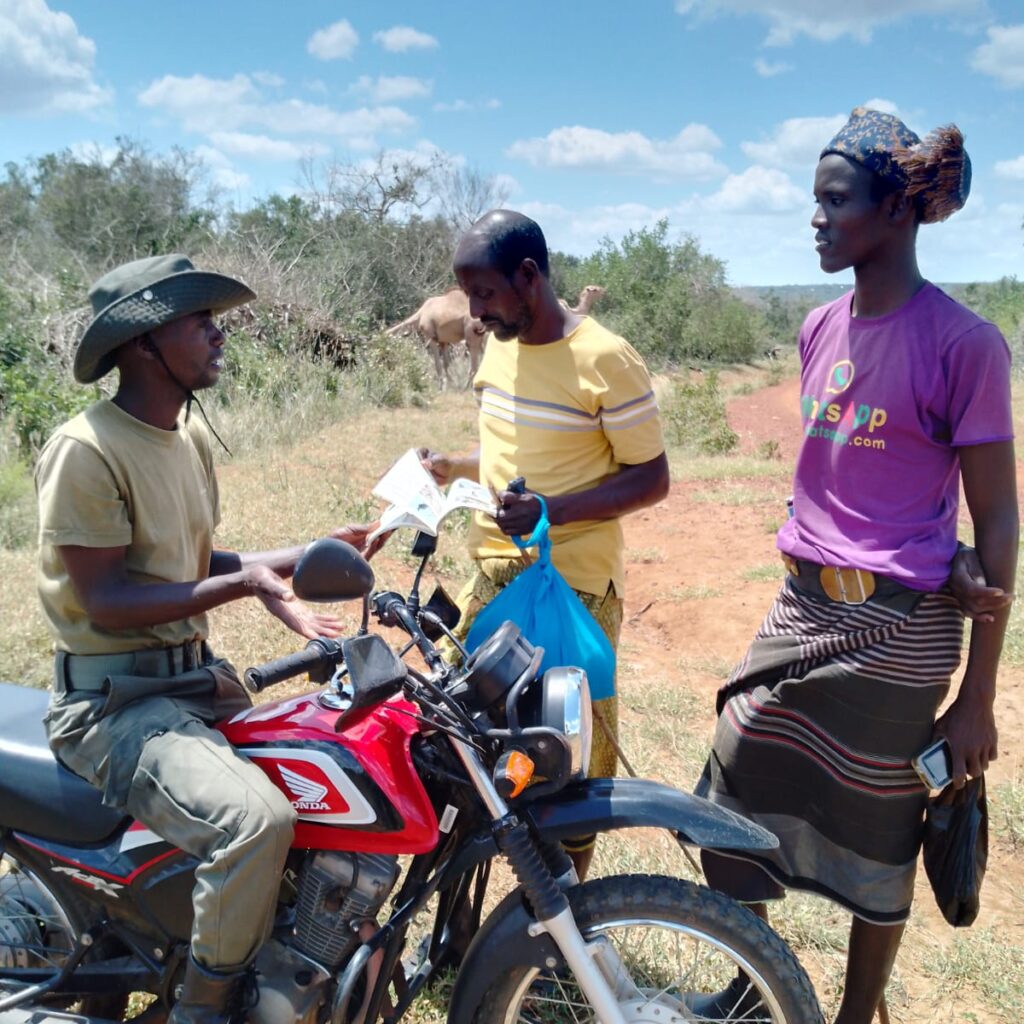A stay at A Rocha is akin to walking through a large room stocked with surprises at each corner. Even though I knew that my work here would mostly surround the ocean and its inhabitants as a marine biology apprentice, I didn’t quite expect the entirety of what my work would entail and the new experiences that would come with it.
For one I had not quite anticipated having the opportunity to learn the intricacies of snorkeling during my stay, a vital skill for any person seeking to pursue any career pertaining to marine biology. Having readily known how to swim, learning the skill was a small matter. After a short introductory period, I was already destined for the field, ready to see all that the ocean had to offer.
The day following my introduction to the art of snorkeling I was introduced to yet another new thing. ‘Timed swim’ is the name they had given the act of swimming out to sea for a period of about an hour and looking out for members of a chosen marine demographic and recording their habitat, number, size and their numbers at the site they were found. The focus of the marine department during the first week during my stay was different types of elasmobranchs. Sub-class elasmobranchii is a small taxonomic unit comprising of rays, sharks, skates and other sea animals. The marine team had a total of about twelve points to survey along the coast, our work was cut out for us.
The first point we were to cover was in a shallower part of the sea, not too far from the beach. I was handed a slate to keep records of any elasmobranchs we may encounter at sea before swimming to the point we were to survey. During this experience there are two things that became startlingly clear to me. The ocean is beautiful. I do not mean this lightly; the ocean is beautiful in the way one might remain rooted at the spot and just mesmerized by its allure for hours at a time.
The lush beds of sea grass and the schools of fish flitting to and fro around sea anemones are enough to make one understand why many dedicate their lives to the study of this navy abyss. Yet, like much of the natural world, the ocean is terrifyingly ruthless. Down there the notion of empathy is forgone, it is an eat or be eaten reality for most of the ocean’s inhabitants. There was always a predator to escape from and prey to ensnare. The fish beneath the sea were in a constant chase, a never-ending game of survival where its winner was never predictable. All this to maintain the delicate balance of an underwater ecosystem.
On that survey we saw many peculiar creatures including a few stingrays. We recorded two mask rays and one blue spotted ribbontail stingray. Aside from the varying rays we recorded we also saw a moderately large green sea turtle near the sand and a lionfish cruising along the reef together with many schools of different coral reef fish. We had successfully covered one of the seven points in an hour.
The next timed swim was quite different to the last. This time our survey would take place slightly further out at sea. The marine team and another volunteer boarded the A Rocha speed boat to take us out to the point we were surveying. The pleasant weather on that day was an added advantage to our surveys unlike the previous time swim which was dampened by the downpour of rain along the coast. Unlike the previous survey, this time we were surveying an area away from the ocean reef.
This area was far deeper than the last. The beds of sea grass were far below us, melting into the sandy landscape at the base, nearly untouchable. This timed swim was marginally more difficult than the last, with the ocean’s water deep enough to engulf a person whole. That is not to say it was entirely impossible to navigate. Personally, I found the feat achievable with little strain even as a mediocre swimmer. This far from the reef, the marine animals were few and far between. While we did manage to comb through the area thoroughly, we only managed to record a single mask stingray cruising solitarily on the ocean’s sandy base.
Following that survey there were many more at different sections of the 10-kilometer coastal strip. Each section had a different set of environmental conditions and habitats. This fact forced our team to be adaptable and proactive in conducting our research. For some sections it was necessary we rise early in the morning to take advantage of the good ocean visibility during those early hours. Other sections also needed our team to be very precise with the timing of our excursions to swim when the ocean currents were not as strong. The often unpredictable rains at the coast also necessitated a hardy and adaptable team that had no problems carrying out research even when the weather was particularly dreary. Though the rain at times posed an advantage to the team by increasing ocean visibility.
This experience as an apprentice in marine biology was eye opening in many ways. For one, it was an introduction to the field of marine research. By involving myself in these excursions I managed to learn about the measures taken in the research of marine life at the coast. Our surveys of ray and shark populations along the coast of Watamu, for example, were important vital pieces of data used in the research of these ocean creatures.
The data collected for example is important in understanding which habitats around the area are popular for different sharks and rays or what time of day these sharks and rays can be found in any of the twelve points along the coast. Furthermore, in my time as a marine biologist’s apprentice I was awakened to the environmental plight of marine animals. Underneath murky cerulean waves, it was common to find an odd piece of plastic floating between tufts of sea grass along the base or even a sharp shard of glass nestled among empty shells just waiting for a willing foot or fin to encounter it. The number of manmade oddities in the sea has steadily been growing over time, that much was obvious after every beach patrol and survey I ever partook in during my stay. As humans cohabitating with these creatures on our beautiful earth it is our mandate to keep nature habitable for these creatures lest there comes a day when we will never again see these creatures alive.
On a social level this experience was helpful in the building of communication skills in me. Every timed swim I joined required extensive levels of communication prior and during the experience. Before every timed swim it was of importance to have clear communication concerning what time the marine team would congregate at the marine lab. During the survey it was important to learn a set of internationally recognizable symbols to communicate with the other members of the marine team while submerged. It was also important that I developed good listening skills during the recording of data while we were out during the surveys.
My experience as a volunteer here was an exciting concoction of exhilarating and practical. While I did many enlightening things in my stay, I met a lot of enjoyment during the process. The experience was a magnificent journey of self-discovery with experiences along the way that sent adrenaline coursing through my veins at times. This journey I was fortunate to experience will forever remain etched in my mind as an echo of the thrills I experienced working my way into this field. The memories I created during my stay will perpetually reverberate into my mind in the same way the pulse of waves returns to a sailor in their dreams.
Written by Shanie Neema Chola-Volunteered for 2 weeks- Marine department
